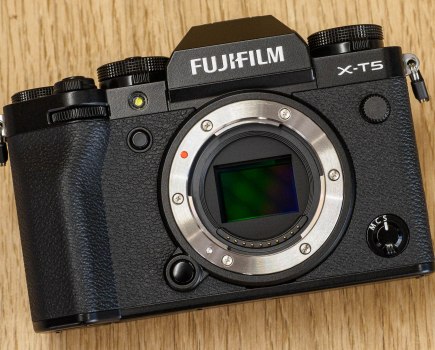Image credit: Guiding Light to the Stars © Mark Gee (Australia)
Gee’s image triumphed in both the ‘Earth and Space’ category and the overall competition, beating 1200 entries from 49 countries – a record number for the competition.
The shot depicts the central regions of the Milky Way, some 26,000 light years away Earth. Also visible are two smaller ‘satellite’ galaxies that orbit the Milky Way, known as the Magellanic Clouds.
For his prize, Gee will receive £1500 and top billing at an exhibition of the winning images from the competition, which opened yesterday.
Dr Marek Kukula, Royal Observatory Public Astronomer and one of this year’s judges, said, ‘I love the tranquil combination of sea and sky in this beautiful image, along with the comforting human element of the cliff-top lighthouse.’
British photographer Sam Cornwell won the Sir Patrick Moore prize for Best Newcomer, for an image of last year’s ‘Transit of Venus’ – a term referring to a brief period where Venus crossed in front of the face of the sun. The next transit will not occur until the year 2117.

Image credit: Venus Transit, Foxhunter’s Grave, Welsh Highlands © Sam Cornwell (UK)
This year’s competition marks the fifth iteration of Astronomy Photographer of the Year. As well as being exhibited, the winning and commended images from the competition have been published in an official book, available now, priced £25.
Astronomy Photographer of the Year is run by the Royal Observatory Greenwich and BBC Sky at Night Magazine. The exhibition of the winning images will run at the Astronomy Centre at the Royal Observatory Centre Greenwich until February 23, 2014.
For more information and to see how to enter next year’s competition, visit www.rmg.co.uk/astrophoto.







